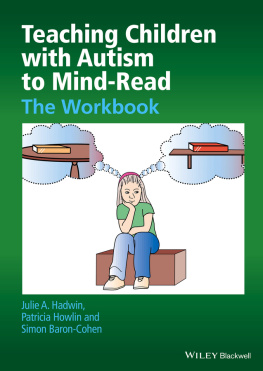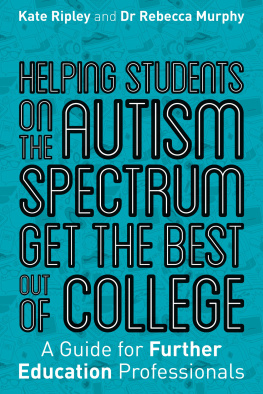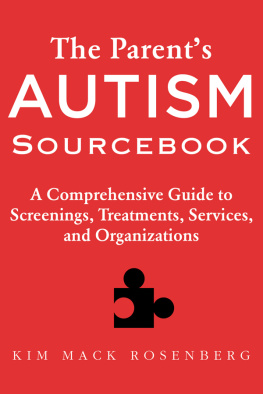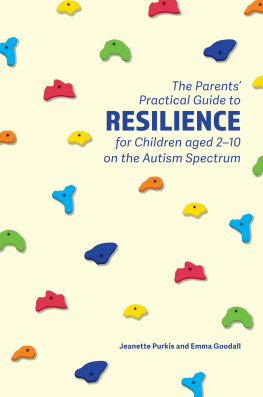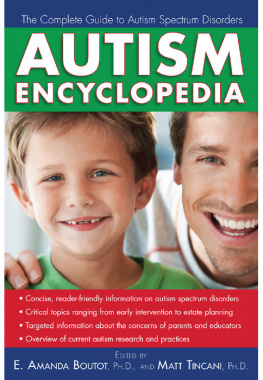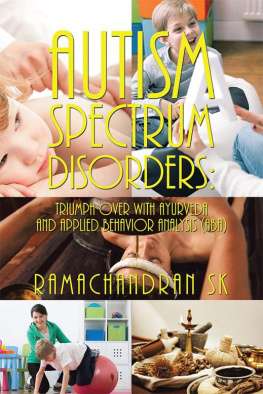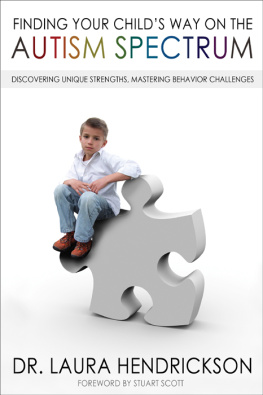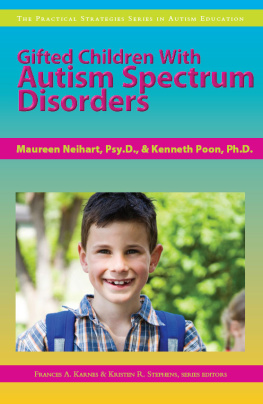Title Page
Meeting special needs
A practical guide to support children with Autistic Spectrum Disorders
By Collette Drifte
In memory of Kiernan and Spencer Frampton,
both very special people with their own special needs.
Publisher Information
Published by Practical Pre-School Books, A Division of MA Education Ltd,
St Judes Church, Dulwich Road, Herne Hill, London, SE24 0PB
MA Education Ltd 2007
www.practicalpreschoolbooks.com
Digital edition converted and distributed in 2012
By Andrews UK Limited
www.andrewsuk.com
Illustrations by Cathy Hughes. Front cover image iStockphoto.com/Eva Serrabassa
All rights reserved. No part of this publication may be reproduced, stored in a retrieval system, or transmitted by any means, electronic, mechanical, photocopied or otherwise, without the prior permission of the publisher.
Meeting special needs. A practical guide to support children with Autistic Spectrum Disorders
In this book the use of he, him or his is gender neutral and is
intended to include both sexes.
Introduction
If you are looking at this book, it is probably a safe bet that you have a child in your setting, or are about to admit a child into your setting, who has an autistic spectrum disorder (ASD), or autism. As more children diagnosed with the condition are placed within a mainstream setting, then clearly more practitioners are going to be working with them. It is a sad fact that there is no compulsory element or module for learning about ASDs in trainee educational professionals courses, and over 70% of schools are not satisfied with their available in-service training in the subject (National Autistic Society website, accessed 18th May 2007).
Practitioners often want to know how to identify an ASD, what to do to support the child, how they can work with the childs carers and how they themselves can be supported. Perhaps you too would like to have these questions addressed. Whatever your reason for picking up this book, I hope that within it you will find answers to some of your questions about ASDs, and ideas for things you can actually do to support the child in managing his condition within your setting.
This book is a starting point and it gives you background information and lots of practical suggestions for action you can take.
Remember you are not on your own. Your setting should have an inclusive special educational needs (SEN) policy in place, and a designated Special Educational Needs Coordinator (SENCO) who should work closely with you to help the child achieve his potential. While it is not the job of the SENCO to work on a one-to-one basis with the child (unless, of course, he happens to also be the childs key practitioner), he is there to offer you support and advice. Even if he doesnt know the answers to your questions himself, he will know where to go for those answers.
There are also organisations such as The National Autistic Society, the Autism Research Unit, and parent support groups that will help you. You will find contact details of these and other supporting organisations at the end of the book. Take the opportunity to get in touch and listen to their advice and suggestions.
Scattered through the book are case studies which serve as examples to illustrate a point being made. They are all studies of real children, but their names have been changed. You will also come across a Pause for Thought section every so often, where an issue will be introduced which gives you an opportunity to ponder practice a little more deeply, and possibly to discuss and share with your colleagues.
Before we move on to the main body of the book, allow me to say a few words about terminology. I still hear people referring to an autistic child, or, less positive, an autistic or, even worse, an aut. It behoves us as professionals to relentlessly pursue and model the correct approach, ie. that the child is a child first and foremost, who happens to have a condition or disability known as ASD. So you will find this book refers to a child with autism or a child with autistic traits.
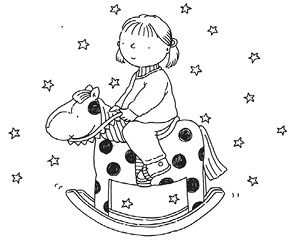
What exactly are autistic spectrum disorders (ASDs)?
Most practitioners know the terms autism and autistic spectrum disorders and are more aware of children with autism, or indeed are these days more involved with them. But if you ask a practitioner what exactly an autistic spectrum disorder is, he may find it hard to give a detailed answer, although he may be able to list some of the typical traits.
Within the wider population, there is still a lot of fear and misunderstanding about the condition and also, sadly, a lot of prejudice. In this section, we will look at the wide range of ASDs and see how we have reached the point where we are today.
The condition was once called autism, and it was used to refer to people who had severe communication and social disabilities. Over the last twenty-five years or so, however, professionals working and researching in the field have realised that there are many people who have some of the characteristics of autism, but who are not as severely affected as others. This wide range (spectrum) of abilities led to the term autistic spectrum disorders or ASDs. The condition known as Aspergers syndrome (pronounced with a hard g as in garden) is also on the autistic spectrum, and you may sometimes see the term autism/Aspergers spectrum, to show that the full range of ability is in the same category.
Its possible there have always been people with autism, but it wasnt until the late 1930s that the condition was recognised. Heres a whistle-stop history of developments:
How long have we known about ASDs?
It is possible there have always been people with autism, but it was not until the late 1930s that the condition was recognised. Here is a whistle-stop history of developments:
1938: Leo Kanner, an Austrian child psychiatrist based in the USA, began to study children with similar autistic behaviours.
1943: Kanner published his research, using the term early childhood autism.
1944: Hans Asperger, a Viennese paediatrician, identified a group of children with normal or above-average intelligence but with difficulties in communication and social interaction (hence Aspergers syndrome).
1979: Lorna Wing and Judith Gould began to study children in Camberwell, London. They found that there were some with other symptoms who could also be described as having autistic traits.
1988: Lorna Wing coined the term autistic continuum to include the larger number of children identified with similarities to Kanners group, but not quite fitting his description.
1996: Lorna Wing went on to use the term autistic spectrum, to allow for a broader definition of autism.
From the 1990s to the present time there have been huge advances in the research and identification of the condition, and in ways of supporting people who have it.
How many children have an ASD?
The numbers have dramatically risen in Britain, the USA and other western countries since about 1979. The increase in incidence and diagnosis could be because practitioners and carers know more about the condition and can recognise it more easily these days.
- Most studies suggest there are between four and six children in every 10,000 with the autism that Kanner identified.
- The National Autistic Society suggests that one child in 100 is affected, if you include the widest spectrum (website accessed 18 May 2007).
- All studies show boys outnumbering girls, with figures ranging from 5:1 (Lord and Schopler, 1987) up to 2:1 (Ciadella and Mamelle, 1989). Most studies show an average of four boys to one girl, but when a girl has autism, shes usually quite severely affected.
Next page


